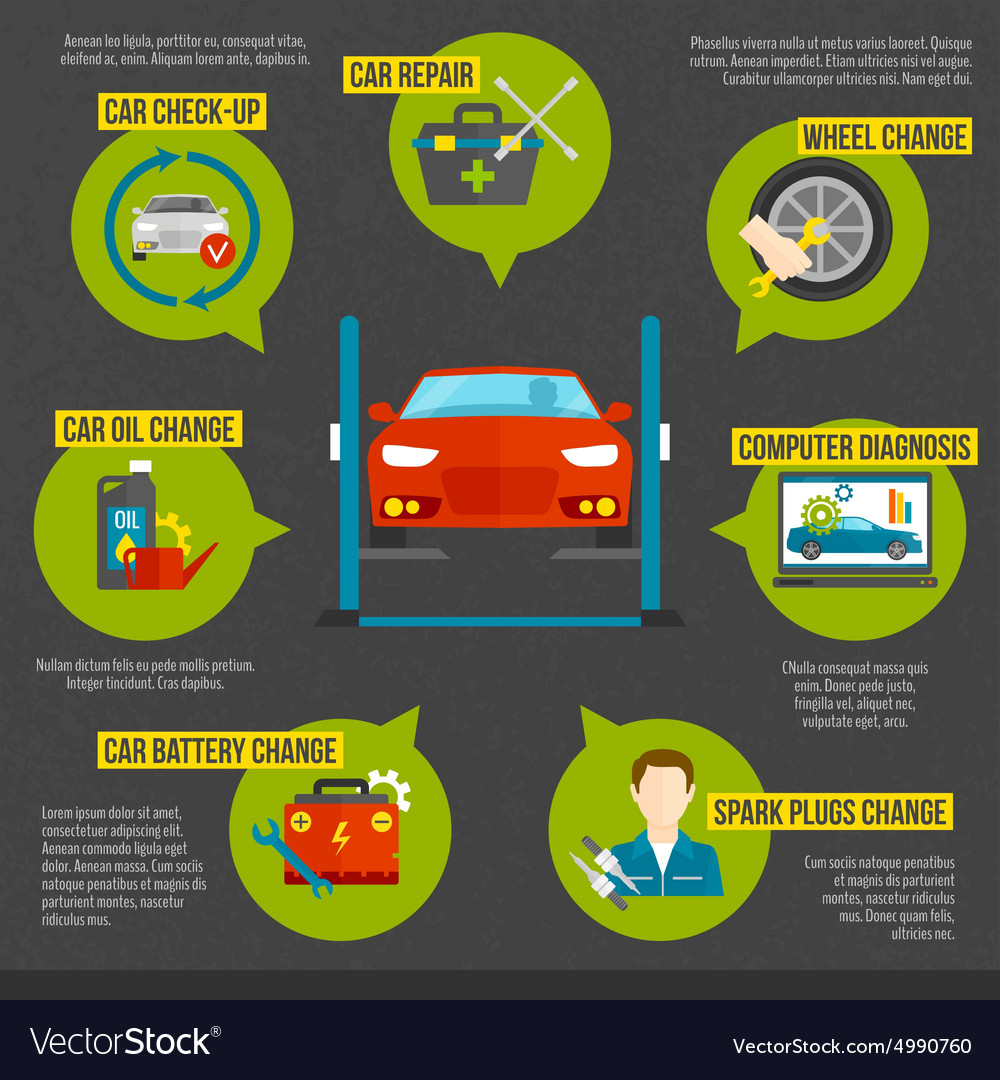Wondering Regarding The Definition Behind Those Dashboard Caution Lights? Gain Understandings Into Their Implications For Your Vehicle'S Safety And Security And Upkeep
Wondering Regarding The Definition Behind Those Dashboard Caution Lights? Gain Understandings Into Their Implications For Your Vehicle'S Safety And Security And Upkeep
Blog Article
Published By-Boye Winters
When you're behind the wheel, those beautiful caution lights on your dashboard can be a bit perplexing. Do you understand what they're attempting to tell you concerning your car's health and wellness? Understanding the value of these lights is vital for your security and the durability of your lorry. So, the next time among those lights appears, wouldn't you intend to decode its message properly and take the necessary actions to resolve it?
Common Caution Lights and Interpretations
Determine typical warning lights in your cars and truck and recognize their meanings to ensure risk-free driving.
One of the most regular warning lights include the check engine light, which indicates problems with the engine or exhausts system. If this light begins, it's vital to have your car checked promptly.
The oil stress cautioning light suggests low oil stress, calling for instant focus to stop engine damage.
A flashing battery light could suggest a malfunctioning billing system, potentially leaving you stranded if not resolved.
The tire stress tracking system (TPMS) light notifies you to reduced tire pressure, influencing vehicle security and fuel effectiveness. Overlooking this could lead to hazardous driving problems.
The abdominal muscle light shows a trouble with the anti-lock braking system, jeopardizing your capacity to quit quickly in emergency situations.
Lastly, the coolant temperature cautioning light warns of engine overheating, which can lead to extreme damages otherwise dealt with swiftly.
Understanding these common warning lights will assist you deal with problems quickly and maintain secure driving conditions.
Importance of Prompt Attention
Understanding the common warning lights in your vehicle is just the very first step; the relevance of quickly attending to these cautions can't be emphasized enough to guarantee your safety on the road.
When a warning light illuminates on your dashboard, it's your vehicle's method of interacting a potential concern that requires attention. Ignoring these cautions can lead to much more severe problems down the road, endangering your security and possibly costing you a lot more out of commission.
Motivate interest to warning lights can prevent failures and crashes. For example, a blinking check engine light might indicate a misfire that, if left ignored, might create damages to the catalytic converter. Resolving this without delay can save you from a costly repair service.
In a similar way, a brake system advising light could signify reduced brake liquid or worn brake pads, essential parts for your safety and security when driving.
Do It Yourself Troubleshooting Tips
If you notice a caution light on your dashboard, there are a couple of do it yourself troubleshooting pointers you can attempt before seeking specialist help.
The first step is to consult your vehicle's handbook to understand what the specific caution light indicates. Often the concern can be as easy as a loose gas cap activating the check engine light. Tightening up the gas cap might settle the issue.
Another usual concern is a low battery, which can trigger numerous alerting lights. Examining the battery connections for rust and ensuring they're protected might deal with the problem.
If a caution light lingers, you can try resetting it by detaching the auto's battery for a few minutes and after that reconnecting it. Additionally, checking your vehicle's fluid levels, such as oil, coolant, and brake liquid, can assist fix advising lights connected to these systems.
Conclusion
Finally, understanding your auto's caution lights is vital for maintaining your automobile running smoothly and safely. By without read what he said addressing these notifies and knowing what they mean, you can avoid costly fixings and prospective failures.
Remember to consult https://apnews.com/article/auto-prices-soaring-computer-chip-shortage-f49547a45f6a10ca608886893c787891 for certain information on each alerting light and do something about it appropriately to make certain a trouble-free driving experience.
Remain notified, remain risk-free when driving!
